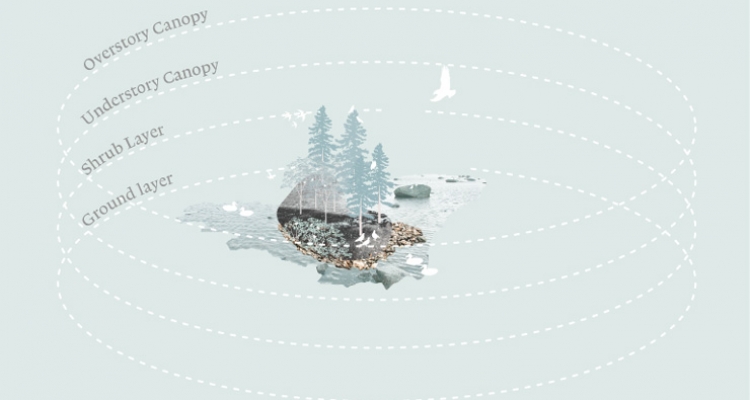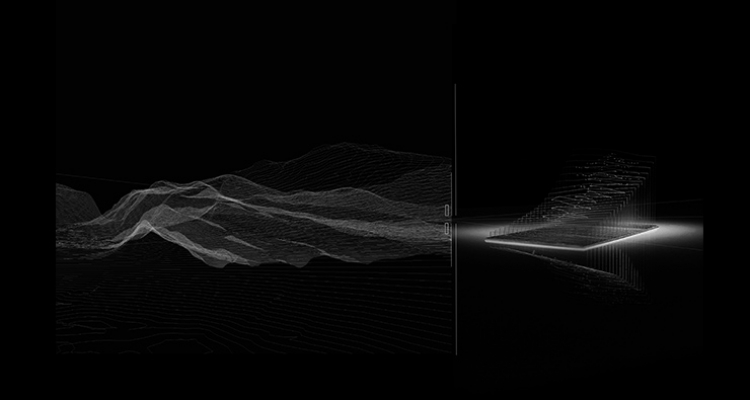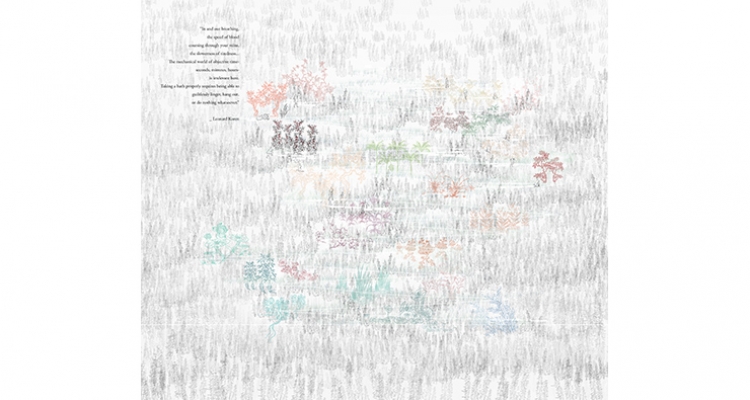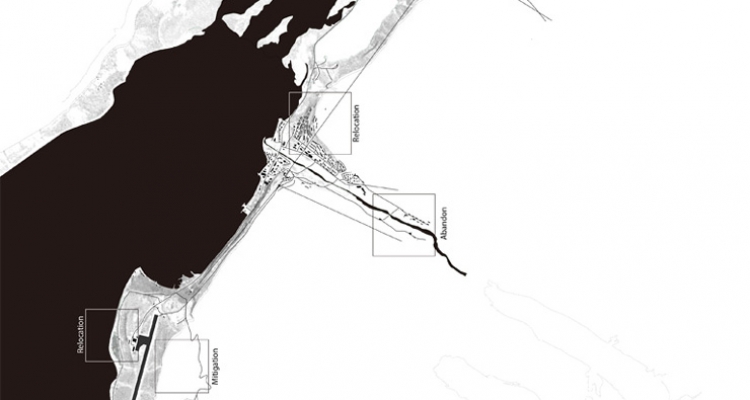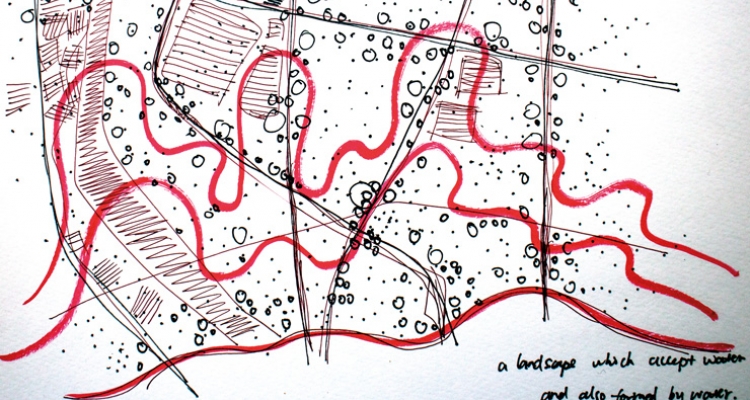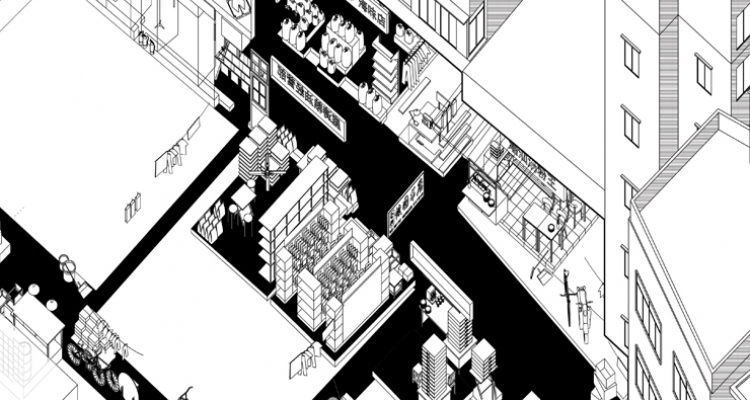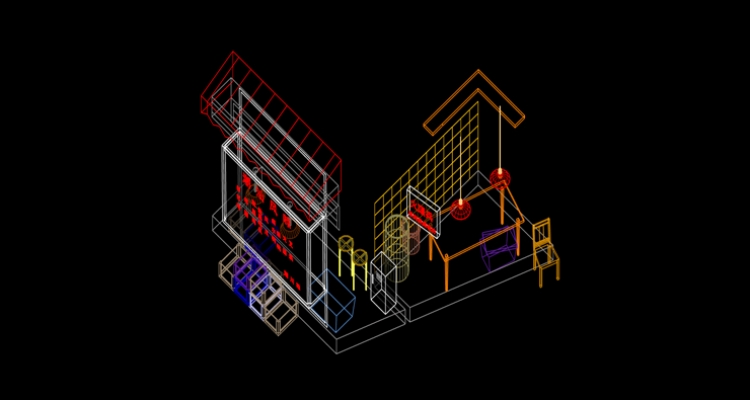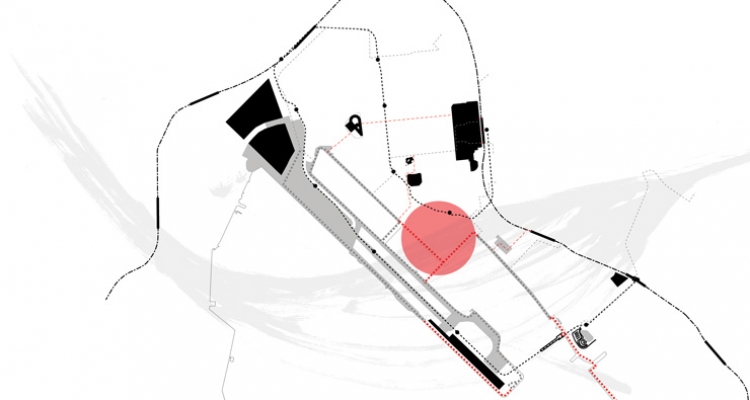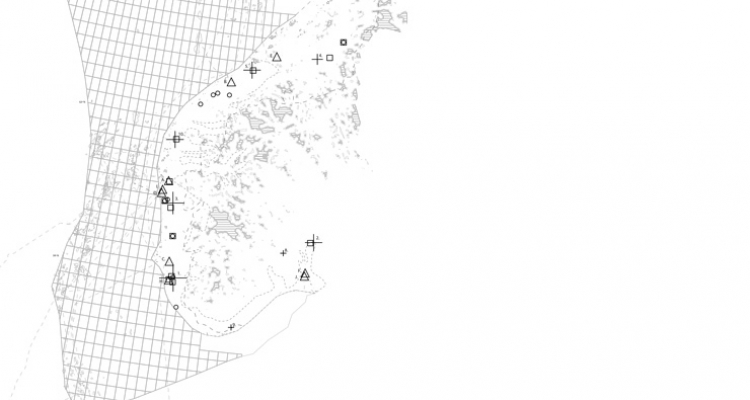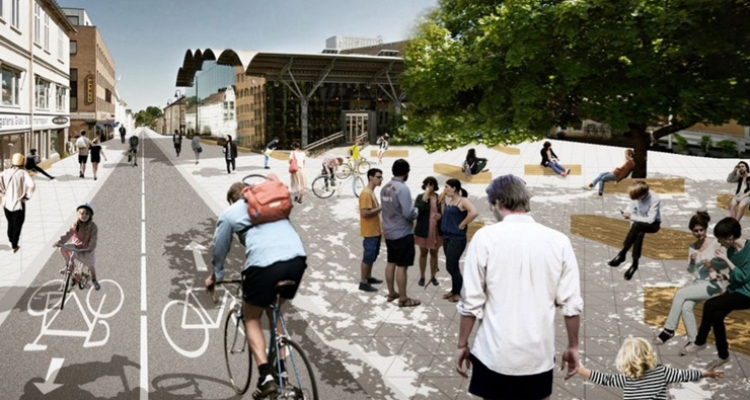Diplomprosjekt
Bath was designed for health, sports, pleasure and culture, as well as being a place of discussion, business deals, eroticism, hedonism and crime. With the modernist hygiene movement improved, bathing reveals a culture attitude towards human relaxation which is mostly based on wealth. The natural connection to water is losing.
The methodology of juxtaposing the configuration, typology of terminals as well as urban structure from 20 selected airports within it’s specific circumstances, manifesting airports are continuously updated, terminal structures were adapted to meet future needs.
The water: The proposal introduces a strategy of “changeable landscape” structure that move with water dynamics, using water itself as a design element to shape different memory gardens.
The memory: The art of memory is in relation to the art of garden. The land’s
memory and individual’s memory are collected and transformed into landscape elements for people to experience stories of past and future.
I use drawings on a set of scales to represent outdoor space as rooms. These rooms serve as sharing kitchens, dining rooms, living rooms, storages and stimulate more human contact and social interaction.
Instead of defining open space as ‘between buildings’, this project states “streets are the new buildings” in this extremely dense neighbourhood.
Death is still quite often a taboo in Hong Kong, where most death architecture and landscape are unpleasant and frightening spaces commonly situated at urban fringes.
The existing funerary facilities are highly functional and lifeless, that the mourners can hardly find appropriate space for reflection, relief, catharsis or even a chat.
By redefining agriculture as public domain and setting up a park with better accessibility, opportunities for recreational activities are opened up. Social and ecological performances can be further recovered through rehabilitation of traditional practices in the contemporary situation.
The watershed is chosen due to its critical location between the two cities. The existing field and pond structures are enhanced for a slow connection between urban areas as well as between city dwellers, their productive history and their land.
Photographs point to existing qualities and challenges in selected streets and public spaces. They are juxtaposed with sketches, presenting a new image where existing qualities are highlighted and the street floor is reprioritized in favour of pedestrians and cyclists. The transformation makes the city more interesting and comfortable to walk, bike and spend time in.
Nest - evolving beds, are sold online where users are invited to be creative and express individuality by customizing their own bed using the Nest builder.
